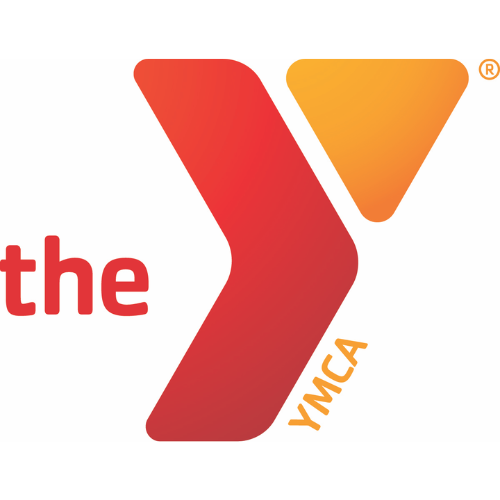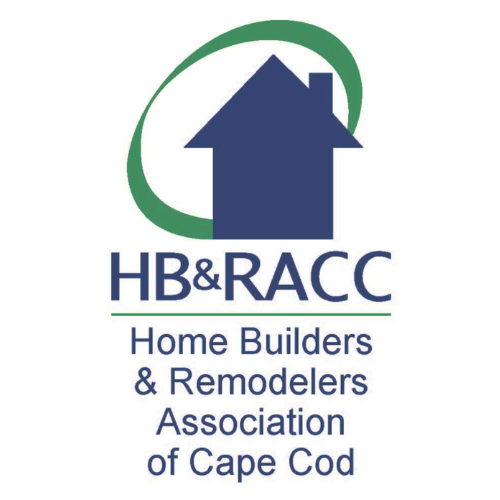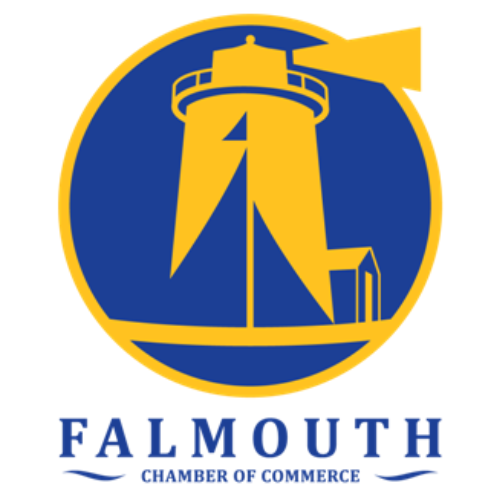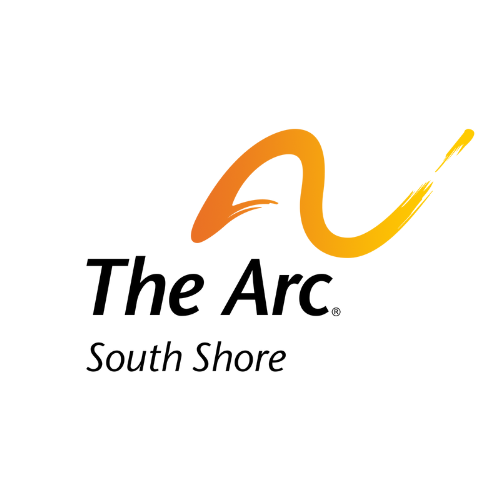What’s happening with the project that will replace the Bourne and Sagamore Bridges on Cape Cod?
There’s good and bad news.
The federal government this month rejected a $1.88 billion application from the Massachusetts Department of Transportation (Mass DOT) and the U.S. Army Corps of Engineers, which owns and maintains the bridges, to replace them.
The good news is that other avenues of revenue could be available.
“Yes, it is a disappointment that the feds rejected funding for the project,” said Marie Oliva, president and CEO of the Cape Cod Canal Region Chamber of Commerce. “We have been informed by MassDOT and the congressional delegation that there are other avenues for funding and that they plan to apply again.”
Mass DOT is holding two public information hearings via Zoom on Jan. 24 and 26.
The agency’s FAQ document gives an overview of some of the questions businesses, tourists, residents may have about this project. The document can be accessed here, but we’ve included a few of the FAQs below.
What is the scope and schedule of this Program?
This Program is a continuation of Massachusetts Department of Transportation’s (MassDOT’s) Cape Cod Canal Study and the U.S. Army Corps of Engineers’ (USACE) Major Rehabilitation Evaluation Report (MRER). The Program will include the eventual replacement of the Bourne and Sagamore Bridges as well as multimodal improvements to the approach roadway networks. There are many factors that will influence schedule, including but not limited to: identification of construction funding, determination of the National Environmental Policy Act (NEPA) Class of Action, public feedback, packaging of construction contracts and construction
procurement methodology, and more.
Estimated Program milestones that are subject to change include:
• Phase 1: Beginning in June of 2021, efforts have involved public outreach and involvement and data collection to include environmental conditions and traffic patterns.
• Phase 2: Based on public input, MassDOT develops and refines bridge and roadway options.
• Phase 3: MassDOT identifies preferred options. Environmental documentation process begins.
• Phase 4: MassDOT completes preliminary design and environmental permitting.
• Phase 5: Construction underway.
• Delivery: The Cape Cod Bridges Program is completed.
What are the bridge design considerations?
The Program to be constructed would maintain the existing federal navigation channel and provide 135 feet of vertical navigational clearance. The Program proposes twin bridges at each location as this design expedites traffic off the bridges, best maintains traffic flow during construction, is more efficient structurally, and is more easily constructed.
How will the community be involved in Program development?
A robust public engagement process has been initiated and will continue throughout the duration of the Program. Public meetings have and will continue to be accessible to all members of the public and will include formal presentations by the Program team as well as opportunities for feedback and questions.
Online resources, including a comment form, are available on the Program’s website page
(https://www.mass.gov/cape-bridges) throughout design and construction.
Why will there be two bridges at each crossing instead of one?
There will be two bridges at each crossing because they are more cost effective, structurally efficient structures and allow for staged construction while keeping two lanes of traffic operational in both
directions and allowing all existing roadway connections to be maintained. The new crossings will be wider to meet current highway standards, and a single wider structure at each crossing would be
difficult to construct and be more costly overall.
Are the bridges being built higher to account for future sea level rise?
Sea level rise is being considered to ensure the minimum vertical clearance can be maintained over the lifespan of the bridges.
Will the approach roadways be redesigned?
The Program seeks to improve traffic operations and multimodal accommodations to facilitate the dependable and efficient movement of people, goods, and services across the Cape Cod Canal. Roadway realignments, lane configurations, and traffic will be upcoming discussion topics in future public meetings in early 2023.



























